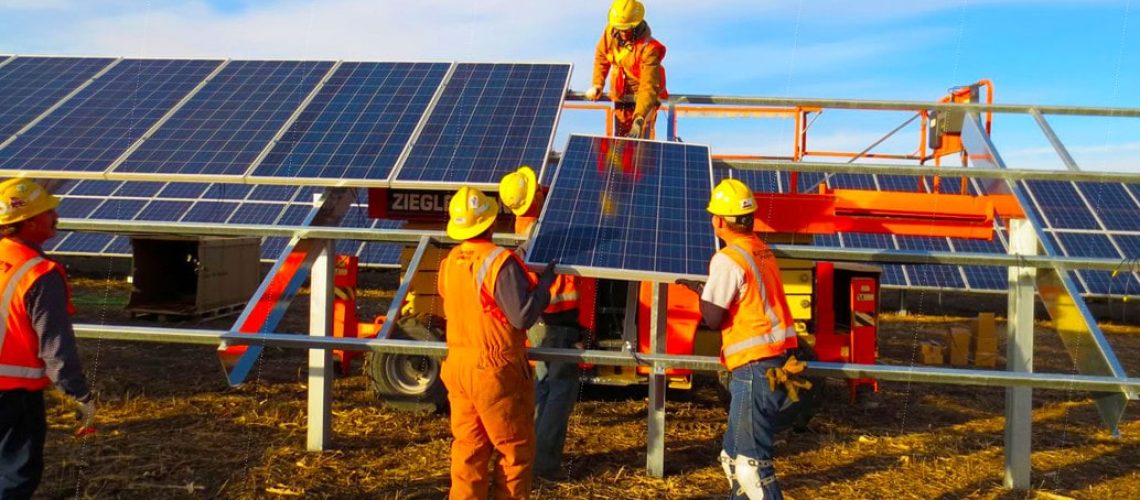US solar may deploy at five times the 2020 rate of 10 GW, reaching 49 GW annually by 2024, said Princeton in an analysis of the potential impact of the bill.
The Inflation Reduction Act of 2022, a bill which has full Democratic support in the Senate, contains $370 billion in spending for renewable energy and climate measures and calls for a 40% reduction in carbon emissions by 2030.
Princeton University released a Rapid Energy Policy Evaluation and Analysis Toolkit (REPEAT) in collaboration with Dartmouth College, Evolved Energy Research, and Carbon Impact Consulting, outlining the potential impact of the bill should it become law.
The impact on the US solar industry would be huge, to say the least. Princeton said solar deployment may accelerate from 2020 rates of 10 GW of capacity added per year to nearly five times as much by 2024, adding 49 GW each year. Solar deployment may be well over 100 GW per year by 2030, said Princeton.
Investment in solar could reach $321 billion in 2030, nearly double the figure of $177 billion expected under current policy. The Act would lead to nearly $3.5 trillion in cumulative capital investment in new American energy supply through the next decade, said the report.
Annual US energy expenditures are expected to fall by at least 4% in 2030 under the act, a savings of nearly $50 billion dollars per year for households, businesses and industry. This translates into hundreds of dollars in annual energy cost savings for US households. Tax credits, rebates, and federal investments in the Act would shift costs from energy bills to the progressive federal tax base.
The Act has numerous provisions to boost solar, from a long-term extension of the solar investment tax credit at 30%, to $30 billion in production tax credits for renewable energy and storage manufacturing, a 100% manufacturing tax credit, and other funds to support environmental justice and agriculture.
The REPEAT report said the Inflation Reduction Act could cut annual emissions in 2030 by an additional 1 billion metric tons below current policy, including the impacts from the Bipartisan Infrastructure Law. This would represent closing two-thirds of the remaining emissions gap between current policy and the nation’s 2030 target of lowering emissions 50% below 2005 levels.
“It really makes me incredibly optimistic,” said Princeton’s Jesse Jenkins, leader of the REPEAT Project. “It doesn’t get us all the way there on its own, but it keeps us in the climate fight.”



